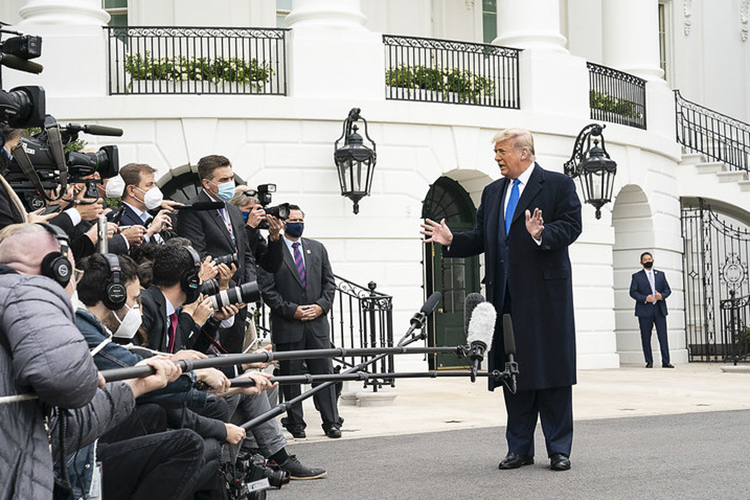Why diverse newsrooms are the future of journalism
“We’re trying to take the limits off who gets to be a journalist,” says Berkeley Journalism Dean Geeta Anand

September 29, 2021
Becoming a journalist can be an arduous career path filled with unpaid internships and overpriced journalism degrees that often lead to low paying entry level positions at newspapers in the middle of nowhere.
This leaves the profession unattainable for students who don’t have the resources or financial support to pursue the field, said UC Berkeley Graduate School of Journalism School Dean Geeta Anand.
And that’s something she hopes to change.
“We’re talking about diversifying the industry in a meaningful way: by class, race, gender and gender identity,” Anand said during a Tuesday discussion of the future of Berkeley’s journalism school. “We’re trying to take the limits off who gets to be a journalist.”

Geeta Anand, UC Berkeley Journalism dean. (UC Berkeley photo by Wesaam Al-Badry)
Anand, who was joined by Berkeley Journalism professor David Barstow, was speaking at the second Campus Conversations event of the semester. The monthly series features senior Berkeley leaders discussing their work and vision and taking questions from staff, faculty and students.
Barstow, a four-time Pulitzer prize-winning journalist, leads Berkeley Journalism’s investigative reporting program and echoed Anand’s call for more diversity in journalism, saying that newsrooms benefit from having people with different lived experiences.
Investigative reporting teams across the country have too many reporters that “look exactly like me,” said Barstow, who is white.
“The investigative reporting that went into Harvey Weinstein and that triggered the ‘Me Too’ movement, I don’t think it was an accident that those stories were pursued by two terrific colleagues of mine, both women,” Barstow said. “And the 1619 Project, which has generated a huge conversation around the role of race in the United States, … the impetus behind that series was a brilliant Black reporter at the New York Times.”
Anand, who was appointed Berkeley Journalism dean in October 2020, said the school intends to be a leader in helping to diversify the field, with the goal of raising a $100 million endowment to make the school tuition-free.
More recently, Anand said, the school has raised funds to give five current first-generation students full scholarships. In the future, they also look to provide a sizable stipend each year to 20 journalism students who agree to work in underserved communities.
“Our students are so talented and passionate about pursuing the truth,” Anand said. “And in this environment, where democracy is threatened by vast amounts of disinformation and authoritarianism, I think young people see journalism as the primary tool to combating this threat.”

David Barstow heads the Investigative Reporting Program, a teaching newsroom at UC Berkeley’s School of Journalism. (UC Berkeley photo by Wesaam Al-Badry)
“This is a moment to take deadly serious and think hard about how do we preserve this thing called a free press,” said Barstow. “We need to continue to be at the front lines of trying to teach and inspire new generations to pick up the torch and pick up the fight.”
Berkeley’s journalism students are doing just that.
Through partnerships with the New York Times, Los Angeles Times and other large publications, Barstow said the school has recently helped students publish over 125 stories, nine of which ran on the front page.
“When the editor of the New York Times called to say, ‘We’re putting your student’s story on Page 1 tomorrow.’ Honestly, that’s the happiest moment I’ve felt in journalism,” said Barstow. “That’s the fun part of this job.”
While Anand has other lofty goals for the future of Berkeley Journalism — strengthening international and climate change reporting courses, as well as building partnerships with Silicon Valley to combat disinformation — her priority lies with the students.
“Why are we even here, if most of our students can’t become journalists?” asked Anand. “I want to enable our diverse, talented, passionate student body to use this education to be the truth-tellers of the world and enable them to do the most meaningful work they can.”